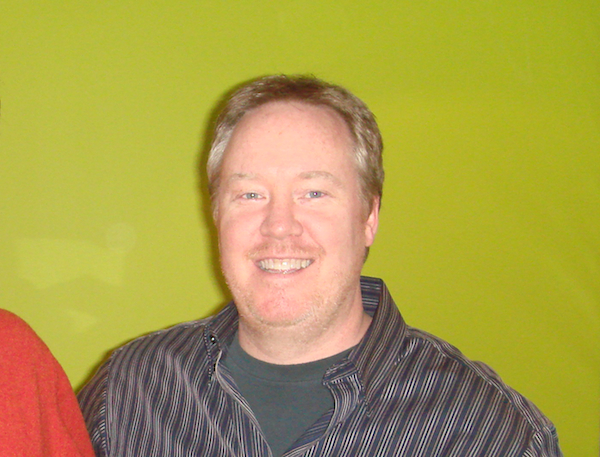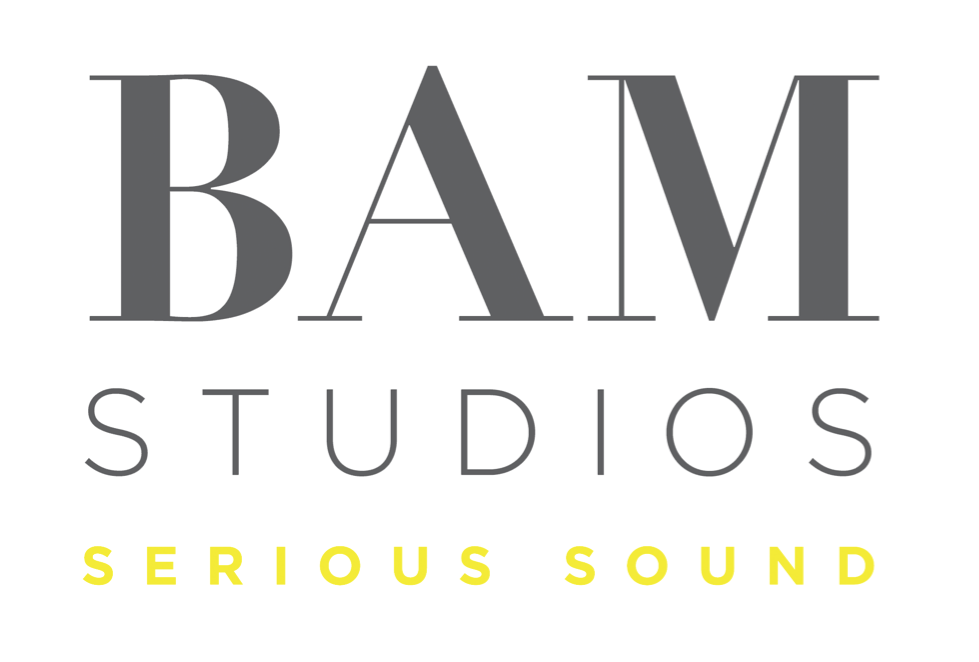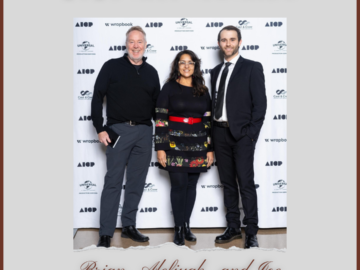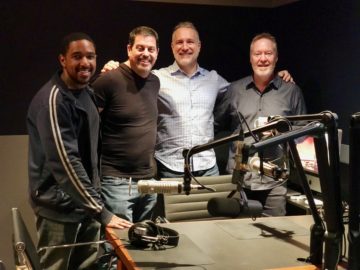
BE PREPARED
Brian Reed, president/sound designer of Chicago’s BAM Studios, started working on commercials using DAW technology long before Pro Tools was an industry standard. He sheds light on why a mix might work for TV broadcast, but not for the cinema. “Commercials can sound poorly mixed in the theater. That’s because I might mix a commercial just for TV, for example, and then after the fact, the client wants to run it in the movie theaters. At that point, the advertising agency will often just hand it over to be placed in movie theaters right away. The problem is that no one comes back to me and asks ‘Do we need to do something different to this? Or, maybe we should do this in surround?’ I find this happening more and more.”
He says that, ideally, “the agency should go down the line of the producer talking to the creative and the creative talking to us. They have to ask, ‘Do we need to remix this, and are these levels okay for the theaters?’ And I see the same problem with the video. Sometimes aspect ratios are wrong on the commercials in the theaters. So yeah, there is a lot of repurposing going on. It just doesn’t translate.
When proper procedures are followed, cinema spots can make a big impact on audiences. “There is one spot we did for Altoids and it only ran in the movie theaters,” explains Reed. “We did the 5.1 surround mix and the commercial became so successful that they wanted to run it on regular TV. So we came and did a stereo mix and 5.1 mix for TV. Even so, I find it is rare that there is a commercial that is only made for theaters. It’s usually the other way around.
Not surprisingly, mixing for a theater is different than mixing for the home environment. “When you compare theater surround to TV surround, the placement is different,” explains Reed. “The theater’s a larger venue so you get more movement, of course, in a larger environment, I am very careful with the LFE for theaters. I am usually more shy with the low end. Also, I will EQ the dialogue a little bit differently. I definitely watch the high end and I’ll add less for a theater. If there are any sibilance problems in a cinema mix, the sibilance gets amplified.
Creatively, BAM’s approach is similar whether it’s for broadcast or cinema. A typical spot starts with an OMF for the audio and a QuickTime file for the video. “The session usually involves recording a voiceover,” describes Reed. “They might have temporary music or it could be the final music. For some jobs, there is just a picture and there is no sound at all.”
Reed just did a spot for Chevy with the two managers for the Cubs and the White Sox. The agency got them to rap and they rapped to a click track without any music. “The editor cut the visuals together with their vocals, handed that to me and said ‘Create a real music rap track.’ So, I had to create the soundtrack, the sound effects, the final mix; pretty much everything. I love those kind of projects where they just hand me a picture and let me go at it.”
Advertising is a fast-paced business. To get things done, BAM uses Pro Tools for all the studios. “We have three HD systems and some M-boxes as satellite systems,” says Reed. “I still have the Pro Control with the Edit Pack, and I really like having the keyboard built in. It’s just laid out very comfortably.”
For plug-ins, he loves the McDSP offering. “I have been using it since day one, “says Reed. “It’s a guy named Collin McDowell, who I think was the first guy that doing emulations. For example, he might have a pre-set that is an emulation of a Manley compressor or a Neve EQ. His plug-ins have the resources to recreate those pieces of outboard gear. So, he has been doing emulations from the beginning and with his stuff, I can shape anything. But, my new favorite is RX by iZotope. It is unbelievable. I do a ton of noise reduction.”
Reed also uses the John Hardy M1 Mic Preamp. “He’s a native of Chicago, so he’s custom made everything I have. The Hardy stuff has an amazing input meter and it’s got so much headroom. It’s really great for ADR because people can go from a whisper to a scream in a second.”
Article written By Ron DiCesare




